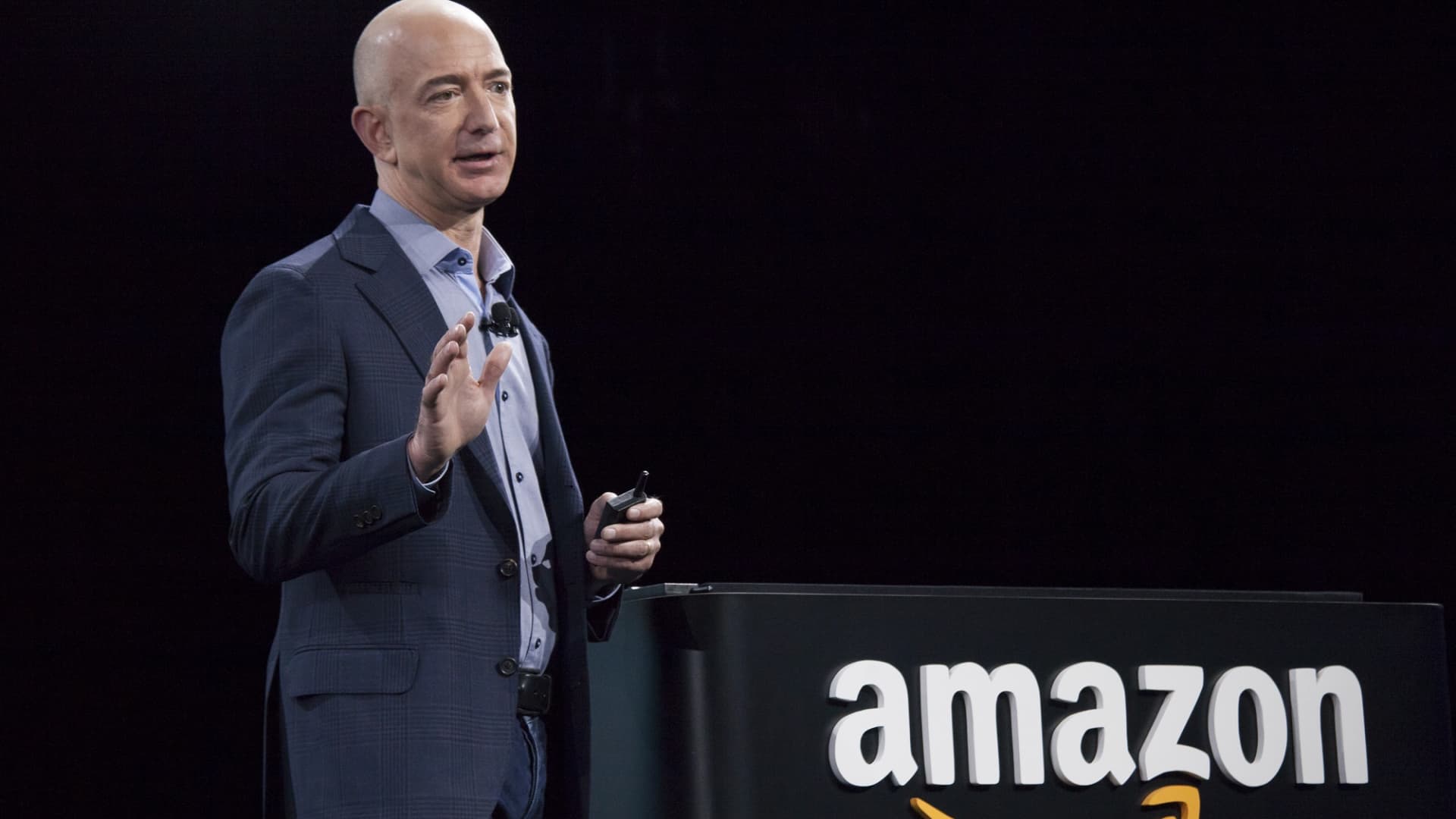

Really depends on your use case. Like @trougnouf@lemmy.world said, casual users that use the OS as a browser and email client can use practically any distro. Users that do a bit more, like casual gaming on gold-rated Steam games, generally do fine with something like Pop!_OS or Linux Mint.
It’s when you start going towards the more hardcore users, like really hardcore gamers that play obscure titles or have unsupported Windows-specific hardware, artists that need very specific unsupported programs for editing or recording, engineers who need to do CAD specifically in a Windows-specific proprietary software, or a tinkerer that’s used to the Windows environment, that “become a sysadmin” starts being a reasonable complaint.


















Because DoD isn’t concerned with the regular internet or unclassified machines as much as with the classified computers - those set up by Information Technician ratings and the Security Managers to handle SIPR and JWICS access. The Admirals, Generals, and O-6s are also often tech illiterate old men, and those just beneath that, and the E-7+ crowd, are often just as tech illiterate. Microsoft also has a lot of multi decade DoD contracts, which they get billions for. Microsoft can’t sell the secure version because that just lets foreign adversaries reverse engineer all the possible vulnerabilities. Microsoft only cares about security as far as they get paid for it and can get away with. In the consumer market, that’s pretty much zero concern - not profitable enough.